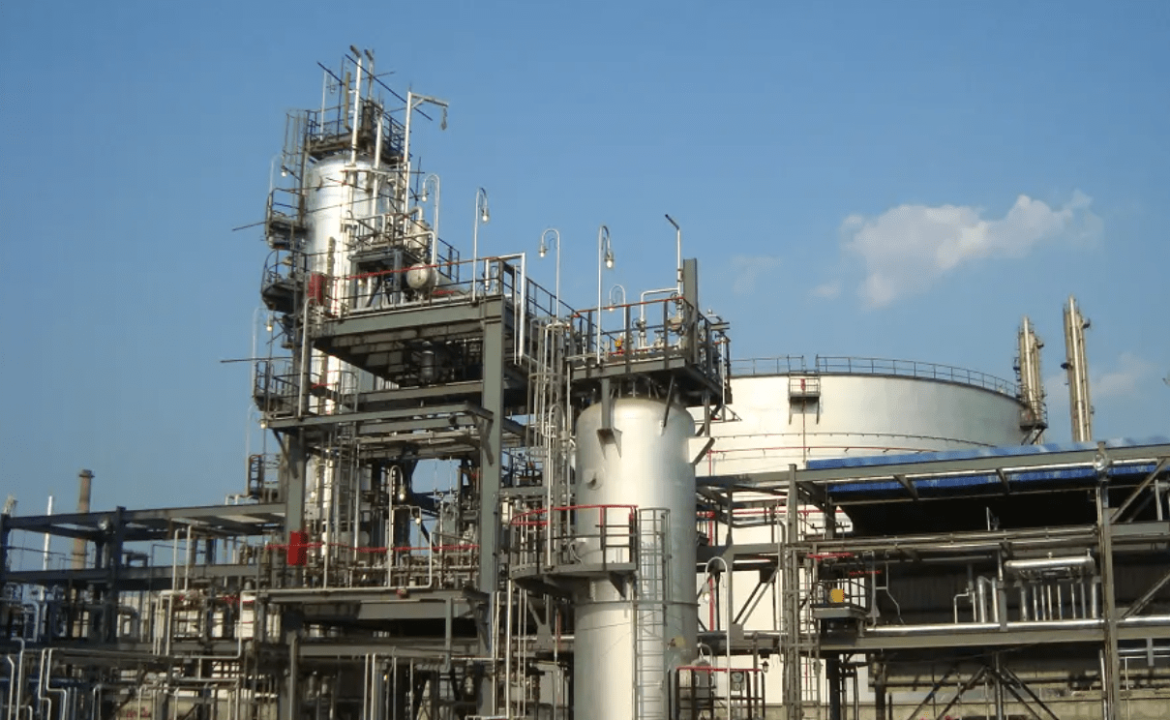KEY POINTS
- The Port Harcourt Refinery resumes operations with an initial capacity of 60,000 barrels per day, aiming to reduce Nigeria’s fuel imports.
- NNPCL positions the refinery to compete with Dangote’s 650,000 bpd facility in pricing and product availability.
- The reactivation marks a critical step in Nigeria’s quest for energy self-sufficiency and reduced reliance on foreign refining.
The Port Harcourt refinery’s reactivation on Tuesday has marked a milestone for Nigeria’s oil sector, reigniting discussions on whether the Nigerian National Petroleum Company Limited (NNPCL) can compete with the operational Dangote Refinery. After years of stalled efforts, the once-moribund refinery, located in Alesa Eleme, Rivers State, is back in operation, loading petroleum products such as Premium Motor Spirit (PMS), diesel, and kerosene for marketers.
NNPCL’s announcement of the refinery’s return came as a surprise, as it had previously missed production deadlines multiple times, including one in September. Speaking during the rollout, NNPCL Group CEO Mele Kyari lauded the refinery’s reopening as a monumental achievement, expressing gratitude to President Bola Tinubu for his persistence in ensuring energy security. Kyari acknowledged the challenges faced during the refinery’s rehabilitation but credited contractors like Maire Tecnimont SpA and NNPCL staff for their dedication.
New competitive chapter in Nigeria’s oil sector
The Port Harcourt Refinery’s reopening places it in direct competition with the Dangote Refinery, located in Lagos, which began petrol rollouts in September. The Dangote Refinery boasts a processing capacity of 650,000 barrels per day (bpd), compared to the Port Harcourt Refinery’s initial 60,000 bpd capacity, which is expected to rise to 210,000 bpd when fully operational.
Despite its scale, the Dangote Refinery has faced market challenges, including disputes over product quality and the naira-for-crude sale policy. Meanwhile, NNPCL’s refinery aims to offer competitive pricing and product availability, potentially easing pressure on Nigeria’s foreign exchange and reducing the need for imports.
Experts believe the rivalry between NNPCL and Dangote will benefit the market. Professor Wumi Iledare, an energy economist, noted that the Port Harcourt Refinery’s reactivation complements Dangote’s operations, reducing monopoly risks and increasing domestic refining capacity. However, he cautioned that the Nigerian Midstream and Downstream Petroleum Regulatory Authority (NMDPRA) must ensure fair pricing to protect consumers.
Long road to rehabilitation
The rehabilitation of the Port Harcourt Refinery, Nigeria’s largest state-owned refining complex, has been a protracted journey fraught with setbacks. Initially built in 1965, the refinery had ceased operations in 2019 due to inefficiencies and lack of maintenance. The Buhari administration approved $1.5 billion for its rehabilitation in 2021, with Italian firm Maire Tecnimont SpA leading the project.
President Tinubu renewed efforts to revive the refinery following his inauguration, amid public dissatisfaction with rising fuel prices after subsidy removal. By early 2024, the refinery achieved mechanical readiness, and a phased test run began, culminating in Tuesday’s full operation.
As 200 trucks loaded products at the refinery’s gantry, NNPCL highlighted its commitment to restarting other refineries in Warri and Kaduna. Tinubu commended the milestone, urging continued efforts to achieve energy self-sufficiency.
What lies ahead?
While the Port Harcourt Refinery’s reopening is a significant achievement, questions remain about its ability to compete with the scale and efficiency of the Dangote Refinery. Analysts suggest that NNPCL’s focus on competitive pricing, steady product availability, and effective management will determine its success in Nigeria’s evolving downstream oil market.
The rivalry between these two major refineries marks a new chapter in Nigeria’s energy sector, offering the potential for improved pricing, reduced imports, and enhanced energy security. However, both refineries must overcome operational challenges to meet national and regional demands effectively.
Source: Punch



